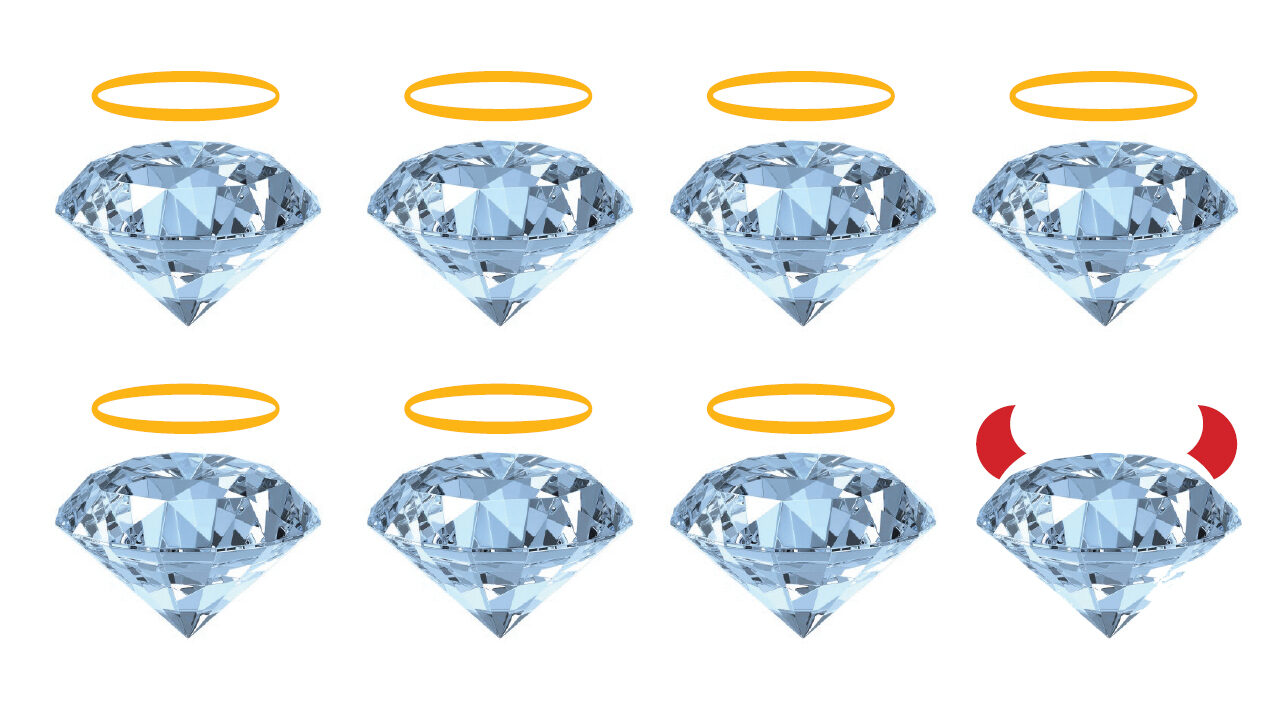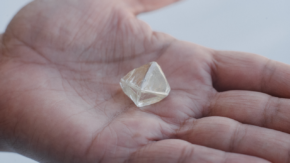While diamond growers like to tout their product as an ethical trailblazer, some natural traders say it’s anything but. Leading figures across the industry spectrum weigh in on the debate.
Eyed with suspicion or decried as a downright scam, synthetics have a bad rap in the traditional diamond industry, which has been less than impressed with the ethical virtues these stones supposedly bring to the table. The most heated debates seem to revolve around how environmentally friendly lab-grown diamonds are, what their long-term financial worth is, and what intangible value they can offer.
Although there are no hard scientific facts demonstrating that synthetics are more eco-friendly than their natural counterparts, this angle is a core argument for their proponents.
“Laboratory-grown diamonds can be sustainably grown with renewable energy anywhere in the world where there is surplus energy available, as you only need electricity and small amounts of abundant graphite [for the High Pressure-High Temperature (HPHT) method] or natural gas [for the chemical vapor deposition (CVD) method] to grow diamonds above the earth,” explains Jason Payne, founder and CEO of Ada Diamonds.
However, many synthetics producers haven’t reached this stage of development yet. Massive amounts of electricity are required to grow diamonds, warns Terry Chandler, president and CEO of the Diamond Council of America.
“If electric power is derived from coal-burning power plants, that can have a substantial environmental impact potentially,” he says.
In addition to the ecological issue, there is speculation about whether the price of lab-grown diamonds will appreciate or drop over time.
“The product has not been out long enough to know its long-term value in terms of an investment,” says Jerry Ehrenwald, president and CEO of the International Gemological Institute (IGI).
For its part, the institute supports the view that “if rarity is not considered, a lab-grown diamond is the same optically, scientifically and visually as a mined diamond,” Ehrenwald says.
But leading industry figures counter that however impressive the technological achievement is, it does not suffice to create real value.
“To suggest that [synthetics] have anything in common with diamonds, besides their molecular structure and their appearance, is like suggesting that a Picasso reproduction has anything to do with a real Picasso,” says Jean-Marc Lieberherr, CEO of the Diamond Producers Associations (DPA).
Leibish Polnauer, president of Leibish & Co., has been one of the most vocal critics of lab-grown diamonds, which he rates as a commodity without value and as a “danger to the diamond industry.”
Not one to mince words, Polnauer is adamant that synthetics are a bad bargain for misled buyers.
“It’s a scam, not a diamond,” he declares. “The money you spend is completely wasted for a stone that is a gimmick.”
“Diamonds can reach $10,000 to $1 million at auctions,” he says. “I have never heard of a sale of synthetic diamonds at an auction.”
Customers, then, are presented with a choice of two narratives. Ada Diamonds’ clients consider synthetics “cutting-edge paragons of human achievement,” according to Payne, whereas the promoters of natural diamonds rely on what Lieberherr calls their “inimitable magic.”
Ultimately, it’s the power of the emotion involved in buying a diamond that will determine lab-grown stones’ future – as well as which story resonates most truthfully in customers’ minds and hearts.




